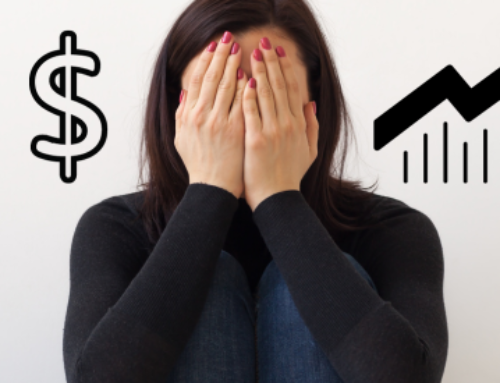I love the latest TV commercial with actor Tom Sellick about reverse mortgages. It must be his fabulous moustache and soothing voice.
Okay, all joking aside, it is almost impossible to escape the cadre of aging male actors and athletes who’ve found a second career as pitch-men for reverse mortgages. Kurt Browning is the front man for Canada’s CHIP reverse mortgage product.
So, should you consider it?
Reverse mortgages have their place as a viable equity product and there are only two lenders in Canada that offer them: Home Equity Bank and Equitable Bank. Most of the time this product is sold through a mortgage broker and is designed to meet the need from aging homeowners that cannot qualify for a traditional home equity loan or line of credit because they no longer work or can’t make the monthly payments. This type of equity-take-out loan allows someone to access a portion of the value of their primary residence without selling it or making monthly payments to repay the debt. Now before you get too excited, let’s discuss the pros and cons of this product.
To be eligible for a reverse mortgage you must be 55 or older and own your home. The matrix for qualification is based on three criteria: your age, home value, and location. Of course, the amount provided by the lender will be higher if you live in an urban centre as opposed to rurally, and you can choose to get a lump sum payout or have a scheduled payment setup.
There are many different types of reverse mortgage products with some that are fully open and others that are locked in. The interest rates range from 4.5% to 7% compounded annually and repayment is due upon your death, when you sell the home, or if you decide to end the contract and pay back the loan in full. The setup and cessation fees are quite high and of course you will need to do this through a real estate lawyer because a lien will be placed on your property for the loan. Some additional fees could involve prepayment penalties if you pay off the mortgage before it’s due and independent legal advice requirements. Some initial start-up fees can be added to the balance of your loan, (which will incur additional interest over the life of the product) but others may need to be paid up front, to be deducted from your payout.
Obviously, the pros to reverse mortgages are that you don’t have to make regular loan payments and you can turn the value of your home into cash without having to sell it. The cons would be that it is quite costly to do so, with interest rates so much higher than most other types of mortgages and secured lines of credit. The biggest drawback I see with this product is that the equity you hold in your home may go down over time as you accumulate more and more interest on your loan. The other problem is that when you die, your estate must repay the loan + interest + fees within a set period of time, regardless of how long it takes to settle your estate, leaving the onus on your beneficiaries.
I know there are many retirees that have considered this option, even my mother talked about it. It is definitely an option to “stay and play,” but I must caution you on the compounded interest component. Interest is continually added to your loan each month and tacked on to the principal balance. Each month, interest accrues on a larger balance, meaning you are basically paying interest upon interest.
If you are looking to this product to shore up your financial resources so you can stop working, pay off credit card debt or travel and enjoy life, I would suggest you either sell and right-size your home or look to a conventional lender with lower lending rates.
Think of a reverse mortgage not as an added benefit to owning a home, but as a tool of last resort to be considered in your older years, when every other resource or option has been exhausted.
If you want to learn more about reverse mortgages, listen to my podcast episode here:
Good Luck & Best Wishes,
ATML - Christine Ibbotson






Leave A Comment